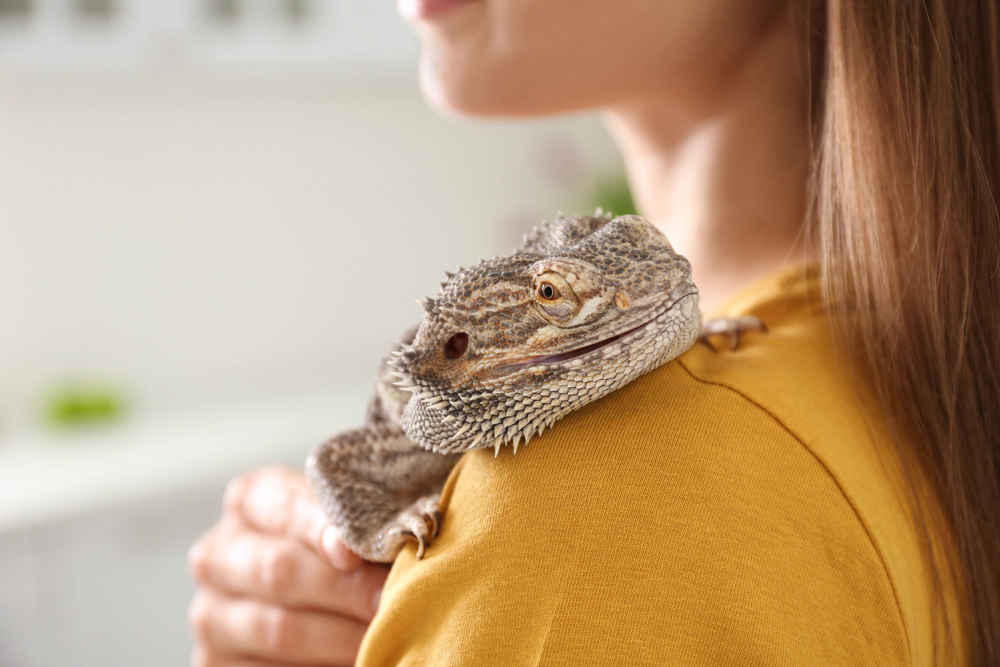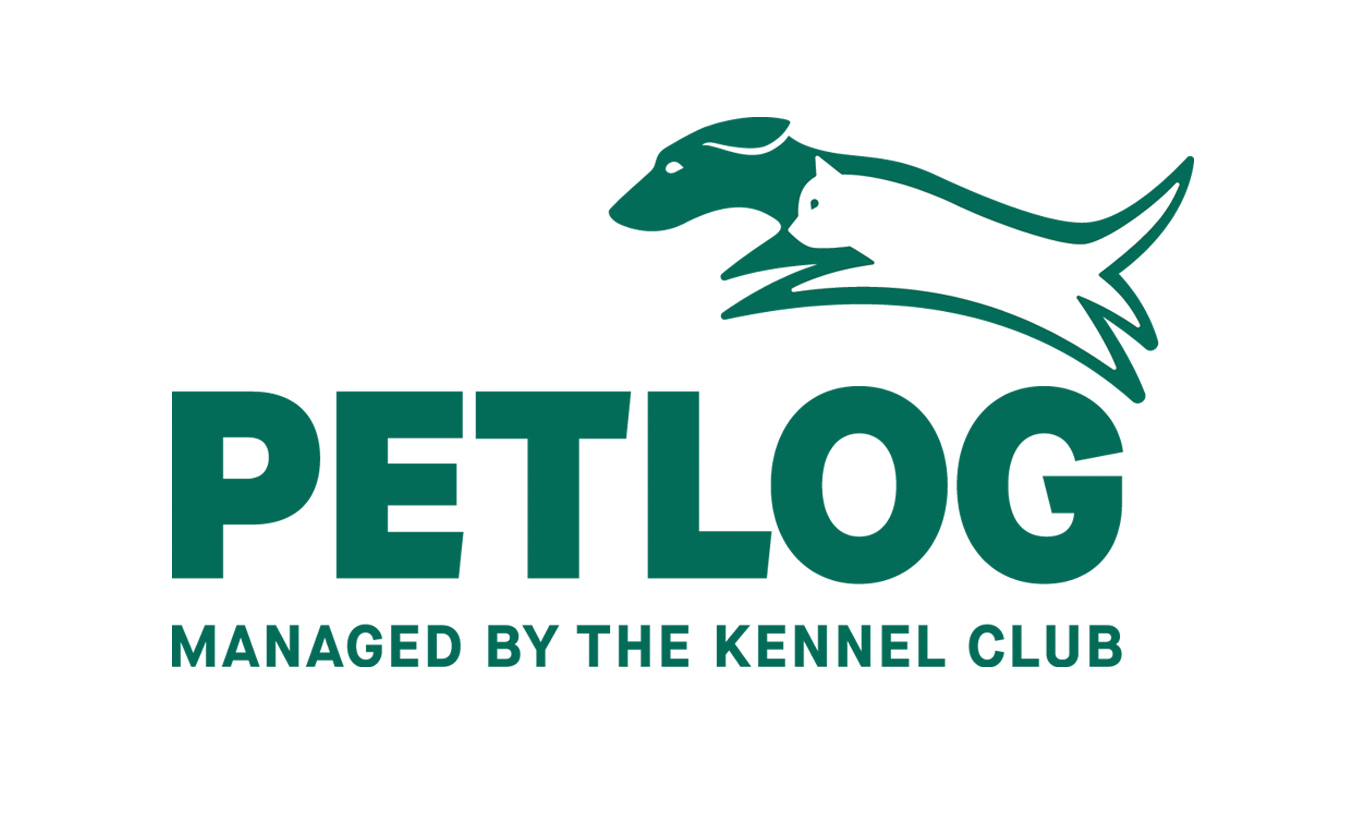
Whether you’re planning ahead, have just moved to a new house, are worried about pet theft or have a pet that keeps escaping, there are a number of ways to keep your pet safe when inside the house and in the garden.
Keeping your pet safe inside the house
- It may be obvious, but don’t leave windows and doors open or unlocked while you’re not around, even if you’re just in a different room
- If you’re out, keep curtains drawn and blinds down to prevent anyone seeing your pet
- Try not to advertise that you have a pet in the house. Avoid having window stickers, ‘beware of the dog’ signs or leaving pet toys in the front garden
- If your pet is in the garden, ensure that all gates are closed and locked
- Never leave your pet unattended in your front garden
Keeping your pet safe in the garden
- If your pets are kept in an outdoor run, hutch or enclosure ensure that any gates or hatches are closed after use
- If your pet has free reign of the garden, ensure your gate is kept shut and locked after you go through it, or try adding a self-closing mechanism to your gate
- If you compost your food waste then make sure that your compost heap is covered or that your pet can’t access it. Some types of rotting food and mould can be very poisonous to pets
- Don’t plant any poisonous or spikey plants
- Always keep your dog out of your shed and away from dangerous chemicals
- Don’t use cocoa mulch around your garden as this can be poisonous
- Avoid using pesticides or herbicides
- Cover or fence off ponds
- On hot days provide your pet with freshwater outside and ensure they have a cool shaded area to sit in
Fencing
Having a fence around your garden is one of the best ways to keep your pet secure.
- Make sure that there are no holes in your fence or any gaps between fence panels. It’s worth checking the fence perimeter regularly to make sure it’s well maintained
- Ensure your fence is sturdy and made from a sold material
- Make sure your fence is high enough to stop your pet from jumping over it. Some pets can jump quite high, so it should be at least 6ft tall
- Consider using chicken wire that’s bent at 90˚ to help prevent your pet from digging underneath the fence. Part of the chicken wire should be placed on the floor, and ideally slightly buried, while the bent section should be secured to the fence
- Keep your pet away from your fence by planting dense shrubs or larger perennial plants at its base
- If your pet repeatedly digs at one area of the fence, try putting down paving slabs, loose bricks, or stones
- If your pet can see through the fence, try planting shrubs and bushes against it to reduce any stress from seeing other people’s pets
If you're concerned about pet theft
- Keep your pet in the back garden where they are less visible to anyone walking past your house
- CCTV or motion sensor lights can help deter anyone from entering your garden
- Put locks on any gates to the garden
- Try attaching a bell, an alarmed padlock or something that makes a noise, like wind chimes, to your gate so that you can tell if anyone tries to enter your garden
Prepare for the worst
Just in case your pet does leave the house or the garden, ensure that they’re microchipped and that your details are up-to-date on the database they have been registered on. If your pet’s details are registered with Petlog you can update your details online. Petlog Premium allows you to update your records as many times as is needed throughout the lifetime of your pet for a one off fee of £19.95.
Microchipping will be a legal requirement for cats in England from 10 June 2024 and owners must register and keep contact details up to date on a microchipping database. If your cat is registered with Petlog, please check your details are up to date now.
If you haven’t created an online account with us since our March 2021 website upgrade, please do this before 10 June 2024.


